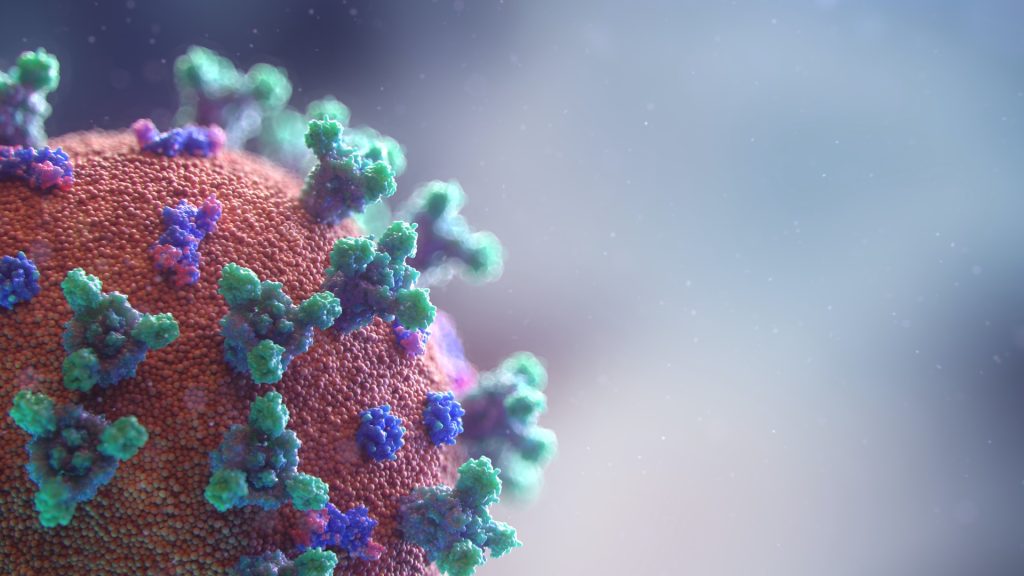HIV Drugs Could Stop Macular Degeneration

A new study has found that there is a buildup of damaging DNA in the eyes of patients with geographic atrophy, an untreatable, poorly understood form of age-related macular degeneration that leads to blindness. Based on this, the researchers believe it may be possible to treat the condition with HIV drugs, or even simpler ones.
Dr Jayakrishna Ambati and colleagues had previously discovered that the harmful DNA, known as Alu cDNA, was manufactured in the cytoplasm. This represents the first time toxic Alu cDNA accumulation has been confirmed in patients in any disease.
“Although we’ve known that geographic atrophy expands over time, we didn’t know how or why,” said Dr Ambati, of UVA’s Department of Ophthalmology and Center for Advanced Vision Science. “Our finding in human eyes that the levels of toxic Alu cDNA are highest at the leading edge of the geographic atrophy lesion provides strong evidence that it is responsible for this expansion over time that leads to vision loss.”
Geographic atrophy is an advanced form of age-related macular degeneration, which ultimately destroys vital cells in the retina, resulting in blindness.
Dr Ambati, a leading expert in macular degeneration, and colleagues found that this destruction is brought about by the buildup of Alu DNA. As Alu DNA accumulates in the eye, it triggers harmful inflammation via the inflammasome. The researchers discovered the mechanism involving a previously unknown structural facet of Alu that triggers the immune response that destroys the retinal cells.
HIV drugs called nucleoside reverse transcriptase inhibitors, or NRTIs, could treat this; tests in lab mice suggest these drugs, or safer derivatives known as Kamuvudines, could block the harmful inflammation and protect against retinal cell death.
“Over the last two decades, dozens of clinical trials for geographic atrophy that have targeted other pathways have failed,” Dr Ambati said. “These findings from patient eyes provide a strong impetus for a new direction.”
Dr Ambati says his latest findings support clinical trials testing the drugs in patients with macular degeneration. A prior study of health insurance databases with over 100 million patients found that people taking NRTIs were almost 40% less likely to develop dry macular degeneration.
“Our findings from human eyes show that these toxic molecules, which activate the inflammasome, are most abundant precisely in the area of greatest disease activity,” Dr Ambati said. “We are very hopeful that a clinical trial of Kamuvudines will be launched soon in geographic atrophy so that we can potentially offer a treatment for this devastating condition.”
The findings were published in Science Advances.
Source: University of Virginia






